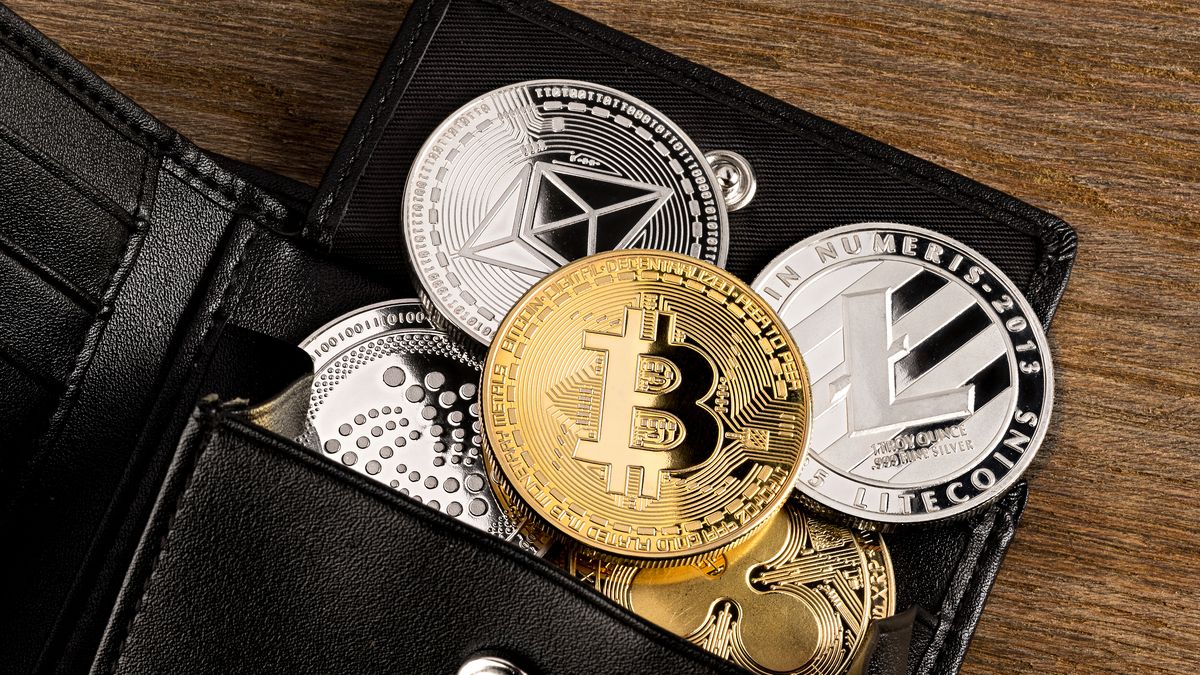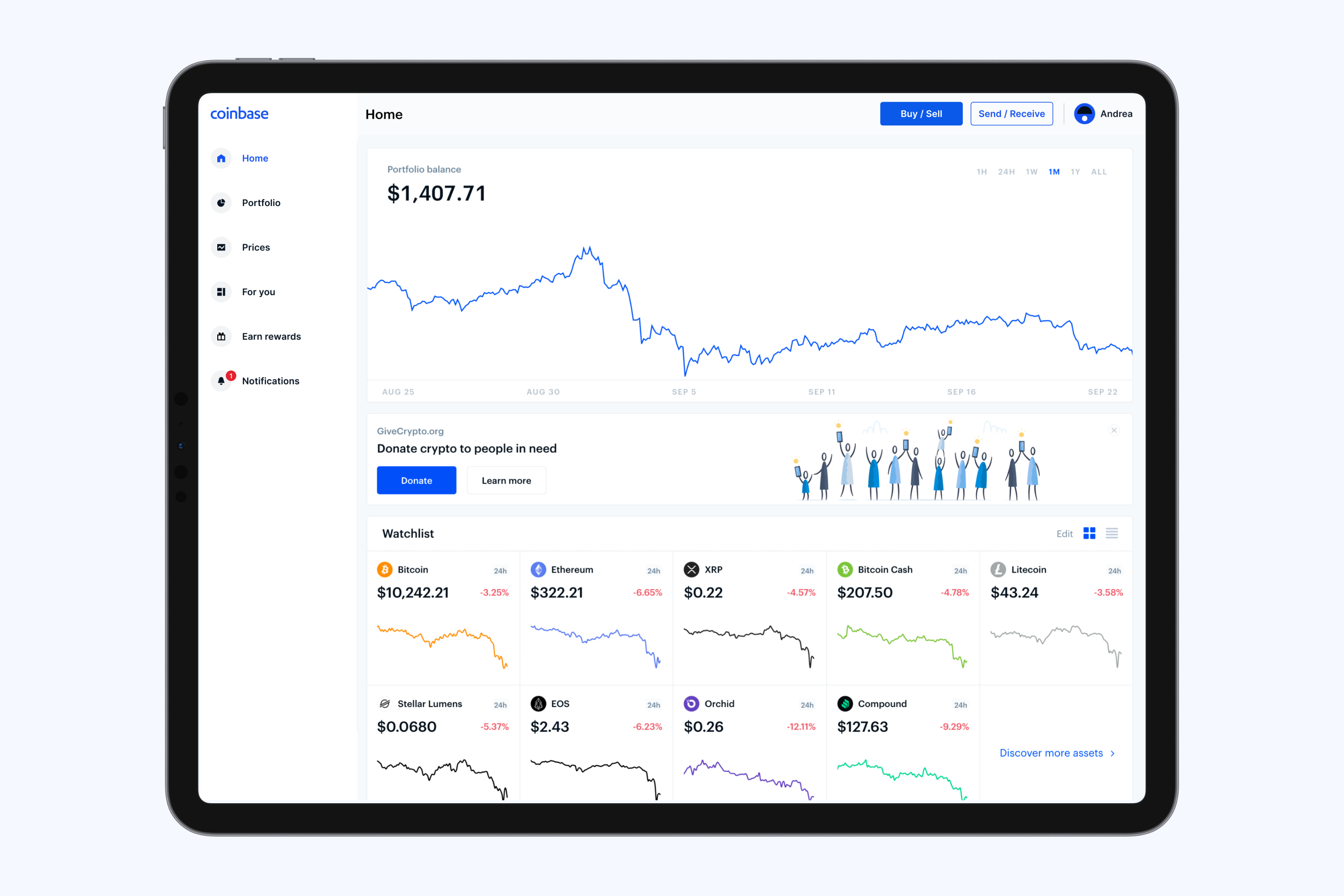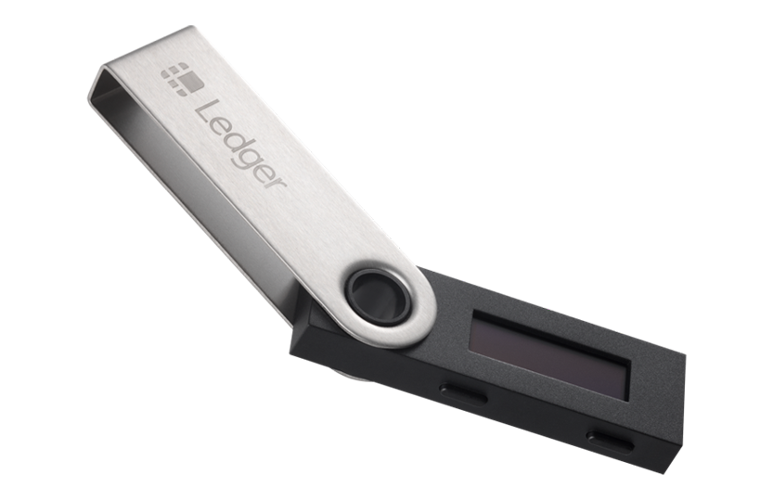
Exploring the World of Digital Wallets in Crypto Transactions

Exploring the World of Digital Wallets in Crypto Transactions
Quick Links
If you want to own cryptocurrency -–either because you’re looking to invest or because you want to spend money online—you’re going to need a crypto wallet. Using one will let you keep your crypto safe, while also allowing you to make transactions.
What Is a Crypto Wallet?
A crypto wallet is nothing like your regular, real-life wallet. Right now, you could probably reach for your wallet, open it up and either take out physical money or put some back in—or at least some kind of payment card. A wallet doesn’t protect your money in any way, except maybe from the weather or getting lost in your bag.
A crypto wallet is a different beast entirely. A crypto wallet is more or less your identity when you buy Bitcoin or any other cryptocurrency: its address is how your buying and selling is recorded on the blockchain (and also the reason these currencies aren’t anonymous ).
Related: What Is Cryptocurrency?
Because of this, technically you don’t need a wallet when doing anything with cryptocurrencies: you could just leave them on the exchange you bought them, or write down the wallet address and passkeys and hope you don’t forget where you left them. This method is jokingly referred to as a paper wallet and a great way to make sure you’ll never see your cryptocurrency again.
It’s better to be safe than sorry when dealing with these sums of money, so using a software wallet is a good idea. Luckily, you have plenty of options. For example, many crypto exchanges come with built-in wallets, meaning you can trade and store from a single interface (Coinbase is an example of this).

Coinbase
That said, plenty more options don’t do more than just provide a simple graphical interface where you can see what you have and very little else. If you prefer to keep your exchange and your wallet separate, wallets like Electrum and Mycelium may be a good choice for you.
Hot Wallets vs. Cold Wallets
All the above are examples of software wallets, also known as hot wallets or hot storage. Hot storage means that the wallet is connected to the internet and you can use it to directly pay for things, as well as acquire new cryptocurrencies in real-time.
On the flipside of hot storage is, unsurprisingly, cold storage. This means that the wallet is not connected to the internet and really all it does is store your keys and that’s it. In almost all cases, this means you’re using a hardware wallet. This is usually some kind of USB key that you plug into your computer and which then gives you access to your exchange of choice.

Paper wallets—where you write down your access codes on a piece of paper—technically are also a form of cold storage. As you can imagine, this isn’t particularly safe, especially if you’re the type to leave scraps of paper around the house.
Hardware vs. Software Wallets
Though there is a definite line between hardware and software wallets, the line blurs a little at times. For example, you can use a hardware wallet to access your hot storage, and you can use a software interface to update your cold storage.
Aside from these fringe cases, though, you can assume that software wallets are meant for hot storage and hardware wallets for cold. In practice, this means that you use your software wallet to trade in crypto and to make purchases with it. Cold storage is more for people that are looking to buy crypto and hold in hopes of a major payday somewhere down the line.
If you’re not sure which one is the best for you, you might want to consider it like this: if you want to be able to see in real-time what your crypto is doing and like being glued to the graphs showing its performance, a hot wallet is the way to go.
If you just want to buy some crypto on the cheap right now and then cash in if you ever catch wind of a massive upswing—or even just because you want to hold for the sake of holding— then cold storage is the best option for you.
Whichever option you choose to go with, just make sure that you know where your passkeys are, and that you’ve kept the passwords for your wallet safe; you don’t want to lose your cryptocurrency because you misplaced your keys…
Also read:
- [New] 2024 Approved Turn Your Videos Into a Revenue Stream with These Tips
- 2024 Approved Melody Migration Transitioning Playlists Across Platforms
- DVD化手帳:iPadで撮影した全ての動画をダウンロードフリーで保存する方法
- Effortless Video Splitting Techniques - How to Divide MP4/MKV/AVI/MOV Files with Simple Methods
- Expert Advice on Restoring Windows System File Integrity for Version 10 & 11
- Guida Completa per La Conversione Dei Tuoi Videoclip in Formati Universali (Windows/Mac/Android/iPhone)
- In 2024, Top IMEI Unlokers for Your Oppo K11 5G Phone
- In 2024, Why Apple Account Disabled On your iPhone 11? How to Fix
- Is Investing in High-End Artificial Intelligence Prompts Justified by Its Value?
- Mastering Error Resolution: A Comprehensive Guide on Windows Network Error 0X800704cf
- Step-by-Step Guide to Bypassing DRM on Disney Movies for Personal Use
- Total Mastery of PowerDirector with Our Review & Guide
- Tutorial: How to Convert & Stream Your DVD Films with Kodi for Easy Enjoyment
- Vollumfassende Autorisierungserwerbung Von WinX DVD Ripper Premium Edition
- コピーガードキラーが可能かどうか、詳しく解明!DVDについて学ぶ
- Title: Exploring the World of Digital Wallets in Crypto Transactions
- Author: Robert
- Created at : 2025-01-31 16:04:21
- Updated at : 2025-02-07 16:10:57
- Link: https://techtrends.techidaily.com/exploring-the-world-of-digital-wallets-in-crypto-transactions/
- License: This work is licensed under CC BY-NC-SA 4.0.